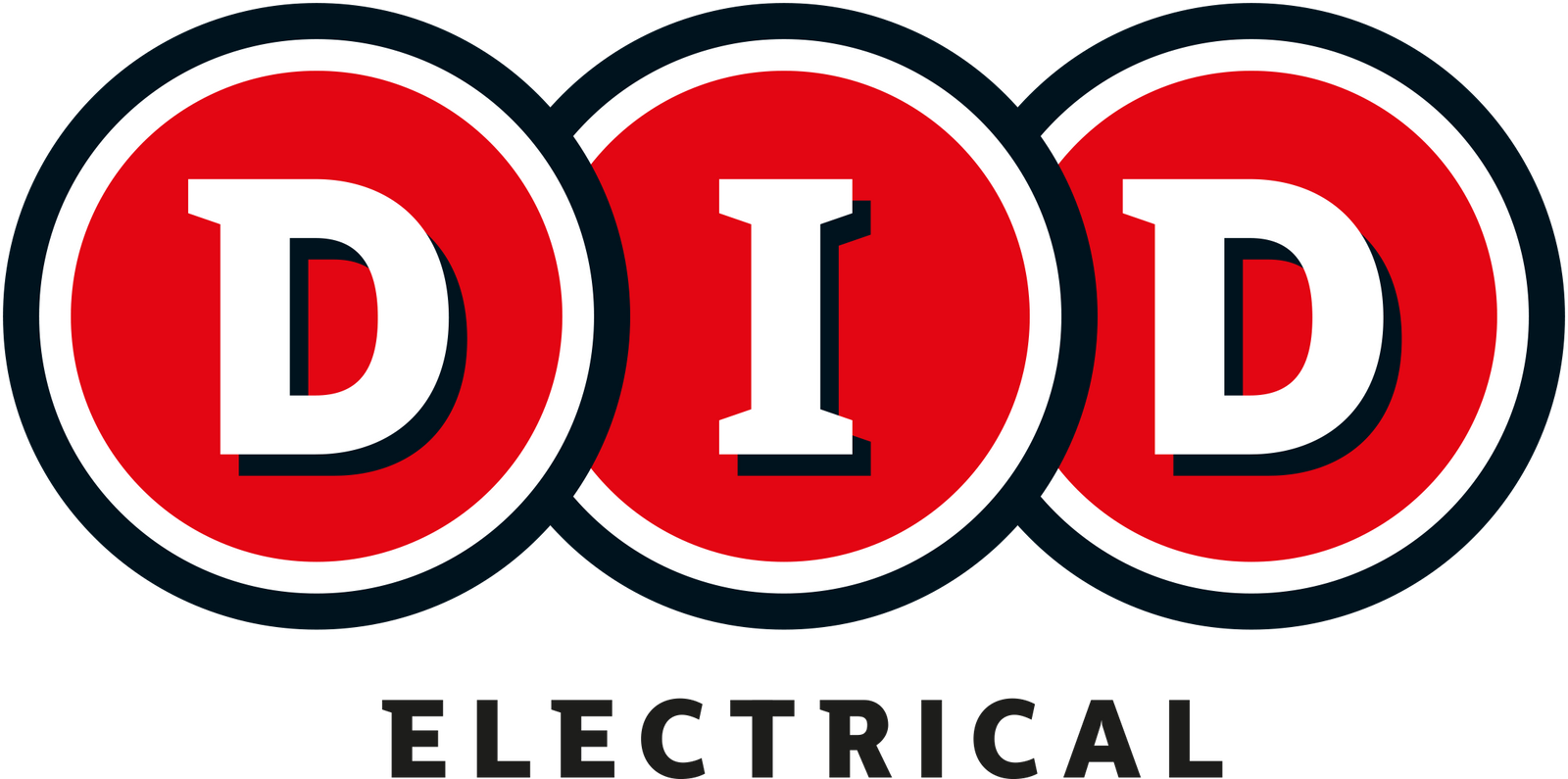As a parent, your baby's safety and well-being are always at the top of your mind. One of the most important tools in your arsenal for keeping your baby safe and sound is a baby monitor. A good baby monitor can provide you with peace of mind, allowing you to keep an eye (and ear) on your baby even when you're not in the same room.
But with so many different types and models of baby monitors available, it can be hard to know which one to choose. In this blog post, we'll take a look at the features and benefits of baby monitors to help you make an informed decision.
Audio vs. Video Monitors
Baby monitors come in two main types: audio and video. Audio monitors allow you to hear your baby's sounds and cries, while video monitors provide both audio and visual monitoring. Video monitors can be particularly useful for parents who want to keep a close eye on their baby's movements and behaviours.
Range and Connectivity
The range and connectivity of a baby monitor are important factors to consider. Make sure to choose a monitor with a range that will cover the distance between your baby's room and your own, and ensure that it has a strong and reliable connection. Some baby monitors use Wi-Fi or Bluetooth connectivity, which can offer added convenience and flexibility.
Night Vision
Night vision is a feature that is particularly important for video monitors. With night vision, you can see your baby clearly even in low-light or dark conditions, which can be reassuring during night-time feedings and diaper changes.
Two-Way Communication
Some baby monitors feature two-way communication, which allows you to talk to your baby through the monitor. This can be particularly helpful for calming your baby or providing reassurance during a nap or bedtime.
Additional Features
Many baby monitors come with additional features such as temperature sensors, lullabies, and even movement sensors that can alert you if your baby stops moving or breathing. These features can offer added peace of mind and convenience for busy parents.
Hubble baby monitors
Hubble Connected is a company that specializes in creating smart home devices, including baby monitors. Their Hubble baby monitors offer a range of features that can help parents keep a close eye on their little ones.
Here are some of the features and benefits of Hubble baby monitors:
- High-Quality Video: Hubble baby monitors offer high-quality video streaming, which allows parents to see their baby clearly and in real time. With the video streaming feature, parents can check on their baby from their phone or tablet.
- Remote Pan, Tilt, and Zoom: Hubble baby monitors also offer remote pan, tilt, and zoom capabilities, which allow parents to adjust the camera angle and get a better view of their baby. This feature can be particularly useful for parents who want to keep an eye on their babies as they move around in their crib.
- Night Vision: Hubble baby monitors come with night vision technology, which enables parents to see their baby even in low-light conditions. This feature can be particularly helpful during night-time feedings and diaper changes.
Two-Way Audio: Hubble baby monitors feature two-way audio, which allows parents to talk to their baby through the monitor. This feature can be useful for calming a fussy baby or providing reassurance during a nap or bedtime.
Temperature and Humidity Sensors: Hubble baby monitors also come with temperature and humidity sensors, which can help parents keep their baby's room at a comfortable temperature and humidity level. This can be particularly important for new-borns and young infants, who are more sensitive to changes in temperature and humidity.
- Smart Alerts: Hubble baby monitors can send smart alerts to parents' phones or tablets if they detect motion or sound in their baby's room. This feature can provide added peace of mind and help parents respond quickly to their baby's needs.
Baby monitors FAQs
What is a baby monitor?
A baby monitor is a device that allows parents and caregivers to remotely monitor their baby's sounds and movements while they are in another room.
What types of baby monitors are available?
There are two main types of baby monitors: audio and video. Audio monitors allow parents to hear their baby's sounds and cries, while video monitors provide both audio and visual monitoring.
What features should I look for in a baby monitor?
When choosing a baby monitor, look for features such as range and connectivity, night vision, two-way communication, additional features like temperature sensors or lullabies, and ease of use.
How far can a baby monitor reach?
The range of a baby monitor can vary depending on the model and manufacturer. Some monitors have a range of only a few feet, while others can reach up to 1,000 feet or more.
Are baby monitors safe?
Baby monitors are generally safe to use, but it's important to follow manufacturer's instructions and take precautions to prevent any potential hazards, such as keeping cords out of reach of children.
When should I stop using a baby monitor?
There is no specific age when parents should stop using a baby monitor. It's up to the parents to decide when they feel comfortable with their child being out of their sight and hearing range.
Can baby monitors be hacked?
It is possible for baby monitors to be hacked, especially if they have weak or no encryption. It's important to choose a reputable brand with good security features and regularly update the device's firmware.
Do I need a baby monitor?
Whether or not you need a baby monitor depends on your personal preferences and circumstances. If you live in a small apartment or always keep your baby close, you may not need one. However, if you have a larger home or want to keep an eye on your baby while they sleep, a baby monitor can provide added peace of mind.











